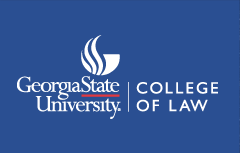Document Type
Article
Abstract
Prior to 1980, the only source of insulin for diabetics was the pancreas of animals, such as cows or pigs. While supply was not a problem, this source did carry the risk of infection and allergic reaction. Other therapeutic proteins, such as growth hormone, were previously only available in minuscule amounts from the pituitary glands of human cadavers. However, by 1980 the emerging field of biotechnology provided methods for producing mass quantities of human proteins such as insulin and growth hormone using the science of genetic engineering. These laboratory methods generally involve inserting a gene that encodes the desired therapeutic protein into a deoxyribonucleic acid (DNA) vector. The product of this “DNA recombination” is then introduced to appropriate cells, the cells are cultured in the laboratory, during which time the cells produce the recombinant protein along side their natural proteins, and the recombinant protein is then collected and purified.
Recommended Citation
Patrick B. Giles,
How to Claim a Gene: Application of the Patent Disclosure Requirements to Genetic Sequences,
27
Ga. St. U. L. Rev.
(2011).
Available at:
https://readingroom.law.gsu.edu/gsulr/vol27/iss3/6
